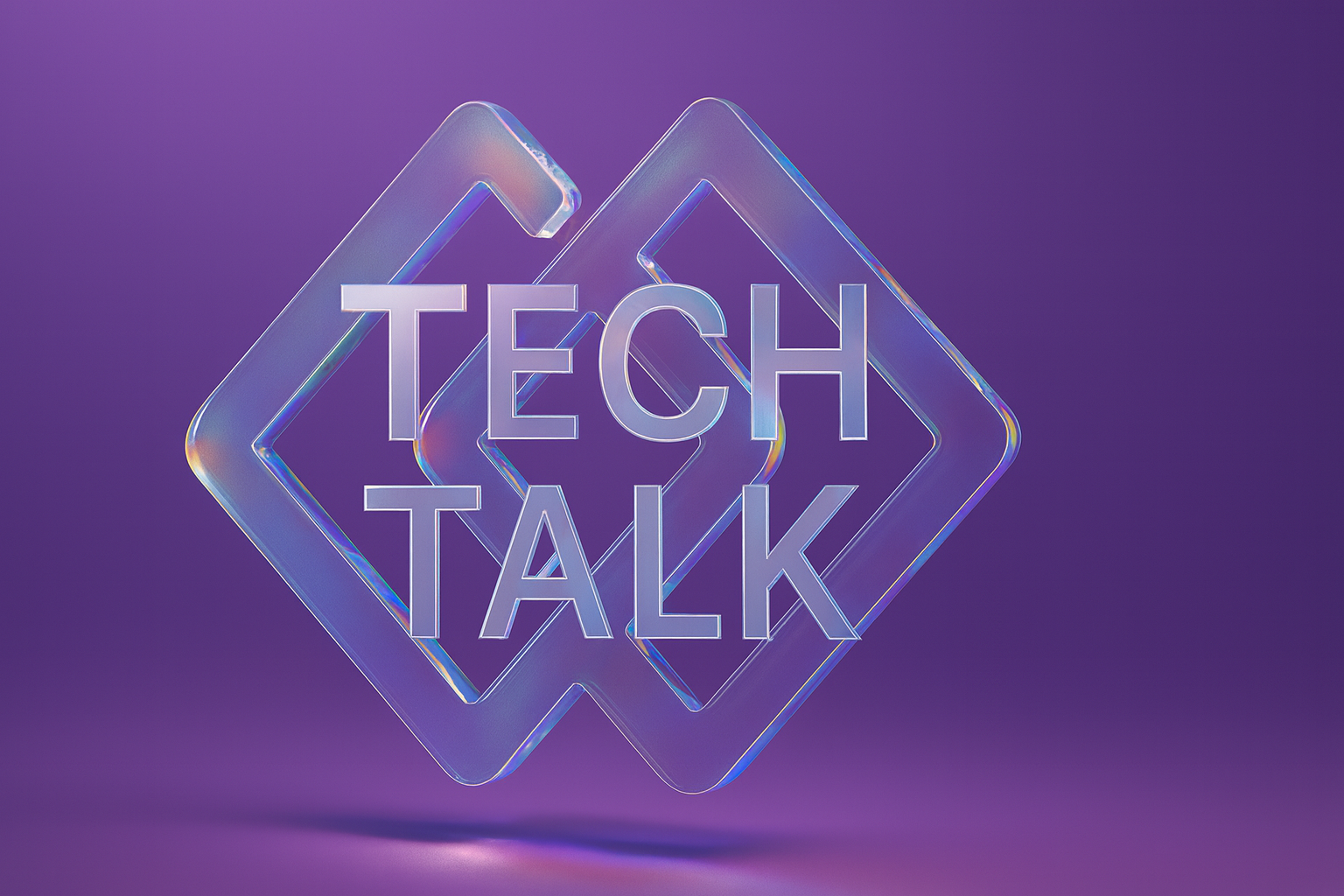Ready to transform your customer service with advanced technology? Discover X ways how AI improves customer care, providing practical strategies to enhance efficiency, personalization, and customer satisfaction.
Introduction to AI in Customer Care
The Evolution of Customer Service
Customer service has eCustomer expectations are constantly evolving—they want fast resolutions, personalized interactions, and seamless support across multiple channels. At the same time, businesses are under pressure to scale efficiently, manage growing service demands, and maintain quality without overextending their teams. AI is proving to be a game-changer in meeting these challenges.
AI-powered customer service tools automate routine tasks, analyze vast amounts of customer data, and create more intuitive, personalized interactions. Chatbots and virtual assistants deliver instant support, AI-driven analytics anticipate customer needs, and natural language processing enhances communication, making interactions feel more natural and effective.
AI customer service FAQs are efficiently addressed by AI tools like chatbots and virtual assistants, which handle common inquiries and free up human agents for more complex situations. This not only improves efficiency but also enhances customer satisfaction by providing quick and accurate responses.
But AI isn’t just about efficiency—it’s about making customer service smarter, more adaptive, and more human-centered. When implemented thoughtfully, AI doesn’t replace human connection—it enhances it, allowing businesses to deliver faster, more meaningful service while building stronger customer relationships in an increasingly competitive landscape.
1. Making the Business Case for AI in Customer Service
AI is no longer a futuristic concept—it’s a practical tool businesses use to enhance customer service while reducing costs. However, before investing in AI, companies need a clear business case that justifies its value.
The financial benefits are significant. AI-powered chatbots and automation reduce the workload on human agents, cutting operational costs and improving response times. AI-driven analytics help businesses anticipate customer needs, leading to higher satisfaction and retention rates. Personalized interactions powered by machine learning improve engagement, translating into stronger brand loyalty.
Beyond cost savings, AI enables scalability. Businesses can handle growing customer demands without proportionally increasing staff. It also provides consistency—ensuring every customer receives fast, accurate, and high-quality support.
2. Develop a Structured AI Framework to Improve Customer Care
The difference between AI success and failure often comes down to methodology. Without a structured AI framework, even the most sophisticated AI tools become expensive distractions rather than valuable assets.
To simplify AI adoption, map specific pain points in your customer service workflow where AI can deliver immediate value. Companies that conduct detailed assessments before AI implementation typically achieve ROI faster.
Your implementation framework should include critical elements such as tool selection based on specific use cases—conversation routing, knowledge base integration, or sentiment analysis.
Integration planning with existing CRM and service platforms is equally important, as are testing protocols that validate AI performance against human benchmarks. A phased deployment beginning with low-risk customer segments completes the essential framework structure needed for success.
Bank of America’s virtual assistant, Erica, exemplifies this approach. Their methodical rollout, starting with simple account inquiries before expanding to complex financial guidance, helped them reach millions of users with high satisfaction rates.
3. Decide Between In-House AI Development vs. Partnering to Improve Customer Care
This decision represents a fundamental crossroads in your AI journey. Many companies prefer to purchase AI solutions rather than build them, citing faster deployment and specialized expertise.
Budget reality is crucial, as in-house AI product development typically requires substantial investment for even basic projects, while vendor solutions often offer predictable subscription pricing.
Technical capabilities must also be considered since building requires specialized ML engineers with competitive salaries. Additionally, customization needs should guide your decision—how unique are your requirements? Only the most specialized needs justify building from scratch.
Netflix built its proprietary recommendation engine in-house because the content recommendation is its core business differentiator. Starbucks chose partnership, collaborating with Microsoft to create its AI-driven personalization engine, accelerating its deployment timeline.
If AI development isn’t your core competency, partnership may be your path to improving customer care with AI.
4. Overcome Technical and Data Challenges to Improve Customer Care with AI
The uncomfortable truth about AI is that its effectiveness directly correlates with data quality and system connectivity. Poor data quality can significantly impact an organization’s bottom line.
To build a data-driven culture with AI, master these integration fundamentals:
- Data cleansing: Eliminate duplicate customer records, standardize formats, and verify data accuracy before AI training.
- API connectivity: Ensure your AI solution can communicate bidirectionally with your CRM, ticketing system, and knowledge base.
- Historical data access: Provide sufficient customer interaction history for initial training—most solutions require numerous conversation examples.
Remember: AI is only as good as the data it consumes. The preparation you invest upfront pays dividends in performance downstream.
5. Implement Change Management to Improve Customer Care with AI
The failure of many AI projects is often attributed to insufficient change management rather than technological limitations. This is because technology evolves rapidly, while human adaptation is slower.
Your new strategy must address agent training and involvement by equipping support teams with AI collaboration skills, not just technical knowledge. Clear role definition is essential for communicating how AI handles routine inquiries so humans can focus on complex, high-value interactions.
Customer communication should set appropriate expectations about when customers interact with AI rather than humans. These elements create a foundation for successfully integrating AI into existing workflows and customer touchpoints.
6. Measure and Optimize AI Performance to Improve Customer Care
Key performance indicators are crucial to measuring return on investment in AI and ensuring improvements. What isn’t measured tends to worsen, while what is measured tends to improve.
Key performance indicators to focus on include:
- Containment rate: Percentage of inquiries fully resolved by AI without human intervention
- Customer satisfaction: CSAT scores for AI-handled versus human-handled interactions
- Deflection impact: Volume of inquiries prevented through proactive AI engagement
- Agent productivity: Increase in resolution capacity per agent after AI implementation
Remember that AI requires continuous refinement. Schedule regular performance reviews and allocate resources for regular model retraining based on new customer interactions and feedback.
7. Tailor AI Strategies to Improve Customer Care in Your Industry
Customizing AI to align with specific industry needs often leads to greater ROI than using generic AI solutions
Consider these sector-specific approaches:
- In healthcare, Mayo Clinic deployed AI that pre-screens patient inquiries and provides relevant medical form suggestions before appointments. This reduced administrative time while improving accuracy.
- For e-commerce, ASOS implemented an AI assistant that handles sizing questions by analyzing return pattern data. This reduced size-related returns, which had a significant financial impact.
- In financial services, Capital One’s AI analyzes transaction patterns to alert customers about potential issues before they call support proactively. This reduced inbound service volume while increasing loyalty metrics.
When adapting AI for your industry, identify the highest-volume, industry-specific inquiry types where automation would deliver maximum impact.
The most powerful AI strategies aren’t universal—they’re contextual to your specific challenges and opportunities.
Revolutionizing Customer Experience with AI Powered Customer Service
The businesses that lead in customer care aren’t just adopting AI—they’re rethinking how they build relationships, anticipate needs, and deliver seamless experiences by leveraging customer feedback. True AI transformation requires more than just technology—it demands a strategic vision that aligns AI with real business objectives.
Tribe AI helps companies bridge the gap between AI’s potential and real-world impact. Our experts specialize in designing and deploying AI-driven customer care solutions that enhance efficiency, personalization, and engagement. With deep experience across industries, we ensure that AI integration is not only technically sound but also strategically positioned to deliver measurable value.
The future of customer service isn’t just about automation—it’s about using AI to create more intuitive, meaningful, and human-centered interactions. AI can enhance the customer service experience by creating more intuitive and meaningful interactions. Partner with Tribe AI to transform customer care and build deeper, more lasting customer relationships.
volved significantly from basic phone support due to technological advancements and growing customer expectations. People now demand fast, personalized, and convenient support across multiple channels. The rise of digital platforms introduced new ways for customers to interact with businesses but also brought challenges in maintaining consistent support. To manage these channels effectively, companies began integrating chat, email, and social media into their customer service strategies.
Importance of AI Integration
Integrating artificial intelligence into customer care has become essential to meet modern demands, as detailed in this comprehensive AI integration guide. AI enables businesses to provide immediate, around-the-clock support through tools like chatbots and virtual assistants, handling routine inquiries and freeing human agents to focus on complex issues. AI enhances personalization by analyzing customer data, allowing support teams to tailor responses to individual needs and improve customer satisfaction.
Real-time sentiment analysis detects the emotional tone of messages, helping agents respond with appropriate empathy and prioritize urgent interactions. AI also streamlines workflows by automating repetitive tasks and updating self-service resources, reducing the workload on support teams and allowing customers to find answers independently.
By integrating AI into customer care, businesses can:
- Provide 24/7 support without overextending human resources
- Improve response times with automated ticket routing
- Enhance personalization through data analysis
- Detect customer sentiment to tailor interactions
- Increase efficiency by automating routine tasks
Embracing AI in customer service is a strategic move to enhance customer experiences and remain competitive in a digital marketplace.
Strategy 1: Implement Chatbots for 24/7 Support
Implementing chatbots provides continuous support, ensuring prompt responses to customer inquiries and enhancing their overall experience.
Benefits of Chatbots
Chatbots offer numerous advantages for both customers and support teams:
- Immediate Responses: Chatbots provide instant answers to common questions, reducing wait times and improving satisfaction.
- 24/7 Availability: Customers can get help anytime, essential in today's always-on world.
- Handling Repetitive Queries: Chatbots manage routine inquiries, allowing human agents to focus on complex issues.
- Scalability in AI: Chatbots handle increasing volumes of inquiries without additional staffing costs.
- Multilingual Support: Advanced chatbots interact in multiple languages, serving a global audience.
- Enhanced Customer Engagement: Advanced chatbots utilize conversational AI in customer service, engaging in conversational interactions and creating personalized experiences.
- Data Collection and Analysis: Chatbots gather data on interactions, identifying common issues and improving products or services.
Integrating chatbots into customer care strategies improves the customer experience and enhances support team efficiency.
Strategy 2: Utilize AI for Customer Insights
AI technologies help analyze customer data to reveal valuable insights, essential for outstanding service.
Analyzing Customer Data
AI tools utilize advanced AI analytics to process large volumes of customer data, uncovering patterns and preferences missed by manual analysis. By examining data from purchase history, browsing behavior, and interaction logs, AI helps you understand customer needs.
- Automated Data Analysis: AI analyzes interaction data, refining customer service strategies over time.
- Personalized Experiences: AI enables personalized engagements, segmenting audiences for tailored recommendations.
Predictive Analytics in Customer Service
Utilizing predictive analytics in AI, businesses can anticipate customer needs before they arise.
- Anticipating Customer Needs: AI forecasts customer demands, enabling proactive support.
- Proactive Customer Service: Predictive insights help address issues before they escalate.
- Optimizing Resources: Predictive analytics aids in efficient allocation of resources.
Using AI for customer insights enables personalized, proactive, and efficient care, leading to stronger relationships and improved outcomes.
Strategy 3: Personalize Customer Interactions with AI
Incorporating AI into customer service allows for highly personalized experiences that resonate with individuals.
AI-Driven Personalization Techniques
AI-powered systems enable AI-driven personalization, processing data to uncover insights about customer preferences and behaviors, creating tailored recommendations and messaging. AI tools, such as those used in AI in CRM systems, process data to uncover insights about customer preferences and behaviors. AI-powered systems:
- Analyze data to predict preferences
- Generate customized communications in real time
- Adjust responses to match tone and context
Personalized FAQ experiences help customers find relevant content independently, enhancing satisfaction and reducing support load.
Enhancing Customer Experience
Personalized interactions foster deeper loyalty and improve satisfaction. AI-driven personalization leads to:
- Meaningful engagement
- Increased trust and loyalty
- Improved business outcomes
Anticipating needs through AI personalization enhances customer experience and drives business growth.
Strategy 4: Streamline Processes with AI Automation
AI automation reduces manual workloads and enhances service quality.
Automating Routine Tasks
AI handles repetitive tasks, freeing teams to focus on complex needs. By streamlining tasks with AI, organizations can improve efficiency and productivity. AI-powered chatbots provide instant support, managing inquiries from FAQs to troubleshooting.
AI automates ticket triaging and routing, reducing delays and errors. It also transcribes and analyzes voicemails, offering sentiment analysis for effective interactions.
Improving Service Efficiency
AI unifies customer data, giving agents a comprehensive view for personalized support. AI monitors performance, offering insights and feedback to maintain standards and improve productivity.
Predictive analytics anticipate needs and potential issues, enabling proactive outreach and enhancing satisfaction.
By automating tasks and improving efficiency, AI enables teams to deliver faster, personalized support while reducing costs.
Strategy 5: Enhance Self-Service Options
Self-service options allow customers to find answers independently, easing the burden on support teams.
AI-Powered Self-Service Tools
AI tools like chatbots and virtual assistants handle inquiries, providing relevant responses. By analyzing data, AI personalizes self-service experiences, recommending helpful resources based on interactions.
AI powers intelligent FAQ systems that adapt over time, ensuring resources remain relevant and useful.
Reducing Customer Wait Times
AI-powered self-service significantly reduces wait times. Customers find answers on their own, avoiding queues or holds.
Deflecting routine inquiries allows support teams to focus on complex issues, speeding up response times and enhancing support quality.
Offering self-service meets customer expectations for immediate support, improving satisfaction and loyalty.
Strategy 6: Monitor and Improve Service Quality
Monitoring service quality is essential for maintaining satisfaction. AI tools provide insights and automate quality assurance tasks.
AI in Quality Assurance
AI analyzes interactions to assess quality, determining sentiment and identifying areas for attention. AI:
- Detects negative feedback for prompt issue resolution
- Highlights common complaints to pinpoint systemic problems
- Provides agents with context for effective responses
Feedback and Continuous Improvement
AI collects and analyzes feedback efficiently, uncovering insights for improvement. AI:
- Analyzes data to identify trends and patterns
- Predicts issues, allowing proactive resolution
- Improves products and services by identifying pain points
- Streamlines feedback loops for timely information
Implementing AI for feedback and improvement adapts strategies based on data, enhancing satisfaction and loyalty.
Strategy 7: Integrate AI with Human Touch
Balancing AI and human interaction is crucial in customer care.
Balancing Automation and Human Interaction
AI handles routine inquiries efficiently, but human agents are essential for complex issues. Recognizing when to transition from AI ensures customers feel valued.
AI supports agents with real-time insights and suggested responses, allowing them to build rapport and resolve issues effectively.
Training Staff for AI-Enhanced Roles
Training employees to work alongside AI tools is crucial. Agents should understand AI functionalities, develop skills AI can't replicate, and engage in continuous learning to stay updated.
Combining AI capabilities with skilled agents delivers efficient, personable customer care.
Future Trends in AI and Customer Care
Emerging AI Technologies
Emotional intelligence in AI systems enables recognition of customer emotions, leading to empathetic interactions. AI augments service teams with real-time assistance and predictive analytics, anticipating needs and addressing concerns early.
Advanced chatbots handle complex queries with natural language processing, providing efficient support.
The Future of Customer Experience
AI will deliver highly personalized experiences, fostering loyalty. It enables efficient issue resolution, allowing human agents to focus on complex problems.
AI's predictive capabilities anticipate demands and trends, informing decision-making and keeping businesses competitive.
Balancing automation with human interaction remains essential for building trust and lasting relationships.
By implementing these seven AI strategies, you can transform your customer care, improving efficiency, personalization, and customer satisfaction. Embracing AI in your customer service operations won't just address current challenges; it'll also position your business for future success.
Working with Tribe AI can ensure your business also benefits from advanced AI. Join us and leverage our community of top engineers and data leaders to solve your real-world challenges.












